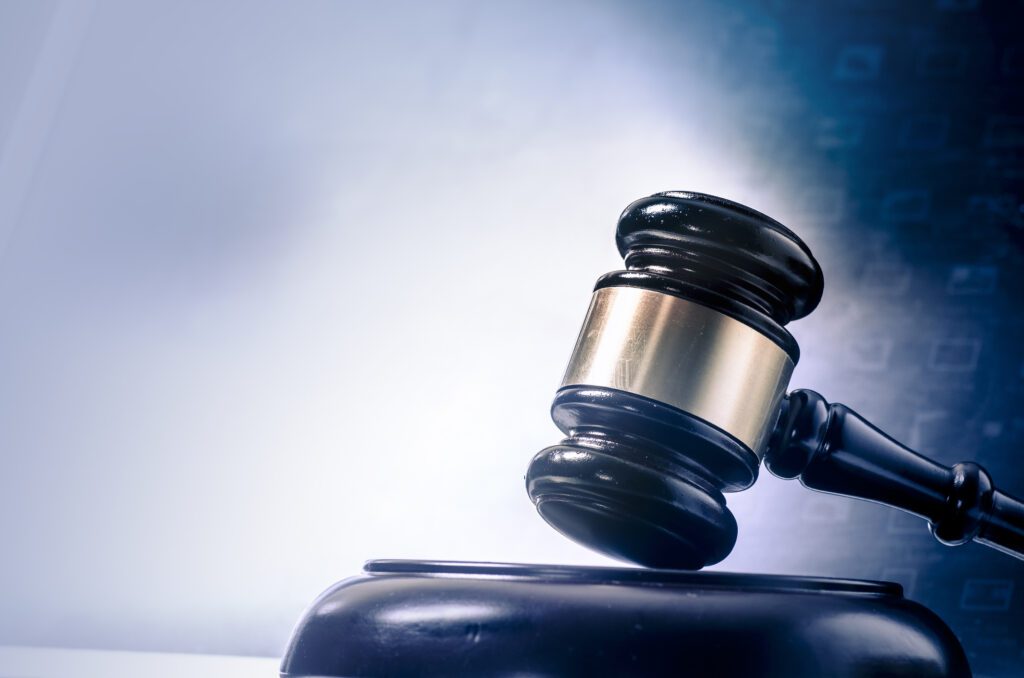Find out what Ripple’s legal victory against the SEC means, who benefits from it, and how it could reshape the future of digital currencies.
There was a time when I thought Brad Garlinghouse’s legacy would be the peanut butter manifesto. In a 2006 memo, Yahoo! Vice President Garlinghouse wrote a memo explaining that the company was spreading itself too thin across too many business ventures, preventing it from becoming truly great at anything. You know, it’s like spreading peanut butter too thinly on a slice of bread.
It was the best depiction of the dispersion of ideas I’ve ever seen, and a memorable milestone in Yahoo!’s journey from online empire to disappearing historical footnote.
Brad Garlinghouse wasn’t done setting standards after that memo. After holding a few consulting and executive roles, he took over as CEO of Ripple Labs in 2015. XRP (XRP 0.59%) The cryptocurrency, often referred to as Ripple after its underlying organization and global payment service, may have turned the page on U.S. cryptocurrency regulation this week — still under Garlinghouse’s reign.

Image source: Getty Images.
The SEC vs. Ripple Story So Far
Let’s start with a brief recap. Any investor worth their salt is aware of the legal challenges the organization is facing. The Securities and Exchange Commission (SEC) filed a lawsuit against Ripple Labs and a few key executives (including CEO Brad Garlinghouse) in December 2020.
In that case, the SEC argued that the XRP cryptocurrency should have been launched as a separate security (stock, bond, investment contract, etc.) with SEC registration and other legal requirements. The Ripple team wanted its currency to be treated more like the dollar, euro, or yen, a commodity subject to looser regulatory restrictions.
The ups and downs of that process have since set the tone for Ripple’s price chart. District Judge Analisa Torres dismissed most of the SEC’s complaints last summer, placing Ripple in the commodity category as long as the organization dealt with amateur investors or users of the RippleNet payment system.
The case went to a jury to determine how Ripple should be treated relative to professional investors. The SEC sought $2 billion in damages, based on the XRP launch that brought in $723 million from “sophisticated buyers.” Ripple said it should owe no more than $10 million for making an administrative error when it launched a new type of asset in 2013.
What’s new?
Which brings me to Wednesday, August 7, 2024. Judge Torres issued a final decision in the remaining SEC case, and it was far from the costly penalty that regulators had sought.
The verdict ordered Ripple Labs to stop selling assets to professional investors without properly registering them as securities with the SEC, and to pay the court $125 million in civil penalties. That’s about 6% of the SEC’s suggestion and barely a slap on the wrist for the Ripple Labs organization.
As a private company, Ripple Labs doesn’t have to disclose its financial details or the size of its cash reserves. But the group has recently given some hints about its financial health. Ripple repurchased $285 million of its private shares earlier this year, on terms that implied a total market value of $11.3 billion. At the time, Garlinghouse said Ripple Labs had more than $1 billion in cash on hand as well as more than $25 billion in cryptocurrencies. And the total market value of the XRP cryptocurrency is now $61 billion, not including treasury pools held in foreign countries as a functional part of the cross-border payments network.
Ripple can therefore easily withstand this civil penalty and continue to play a major role in the field of international money transfers. Cryptocurrency investors were quick to accept the verdict: Ripple’s price jumped 27% in 90 minutes, while this hammer blow resonated on the Internet.
The Implications of Ripple’s Legal Victory for All Cryptocurrencies
Specifically, Judge Torres’ ruling should help regulators and investors strengthen the legal framework for the creation, sale, purchase, and ownership of cryptocurrencies in general.
The $125 million in fees won’t ruin Ripple, but they are still a penalty for financial crimes. Torres classified XRP as a security in some cases (when it comes to professional investors and fund managers), but not in its general use (such as in managing the payment network or trading cryptocurrencies on the public market).
I’m not a lawyer, and you shouldn’t take my analysis as legal advice at any level. And the SEC could very well appeal this unfavorable verdict, which would drag out the lengthy legal process by a few more years. But as it stands, the dual nature of this decision suggests a future where cryptocurrencies with different designs and use cases could operate under different regulatory rules.
Again, I could be wrong and the SEC’s calls could throw a bunch of digital wrenches into the flexible crypto future I envision. If I’m in the right zip code for the real future, crypto investors should benefit from a firm but friendly legal system in America, setting the tone for better crypto regulatory systems around the world. Beyond the direct impact on Ripple and its investors, prominent crypto names like Bitcoin And Ethereum would also feel these favorable winds.
Investors hate uncertainty and this decision is at least a small step towards more transparency, trust and assurance in the cryptocurrency market. This new asset class is growing and discovering what it really is. The final answers are less important than the research process.
That’s why Judge Torres’ final verdict is a big deal, and not just for Ripple investors. Future cryptocurrency owners may look back on Wednesday as a game-changing moment for the entire cryptocurrency market. I can stop referring to Brad Garlinghouse as “that peanut butter guy.”




